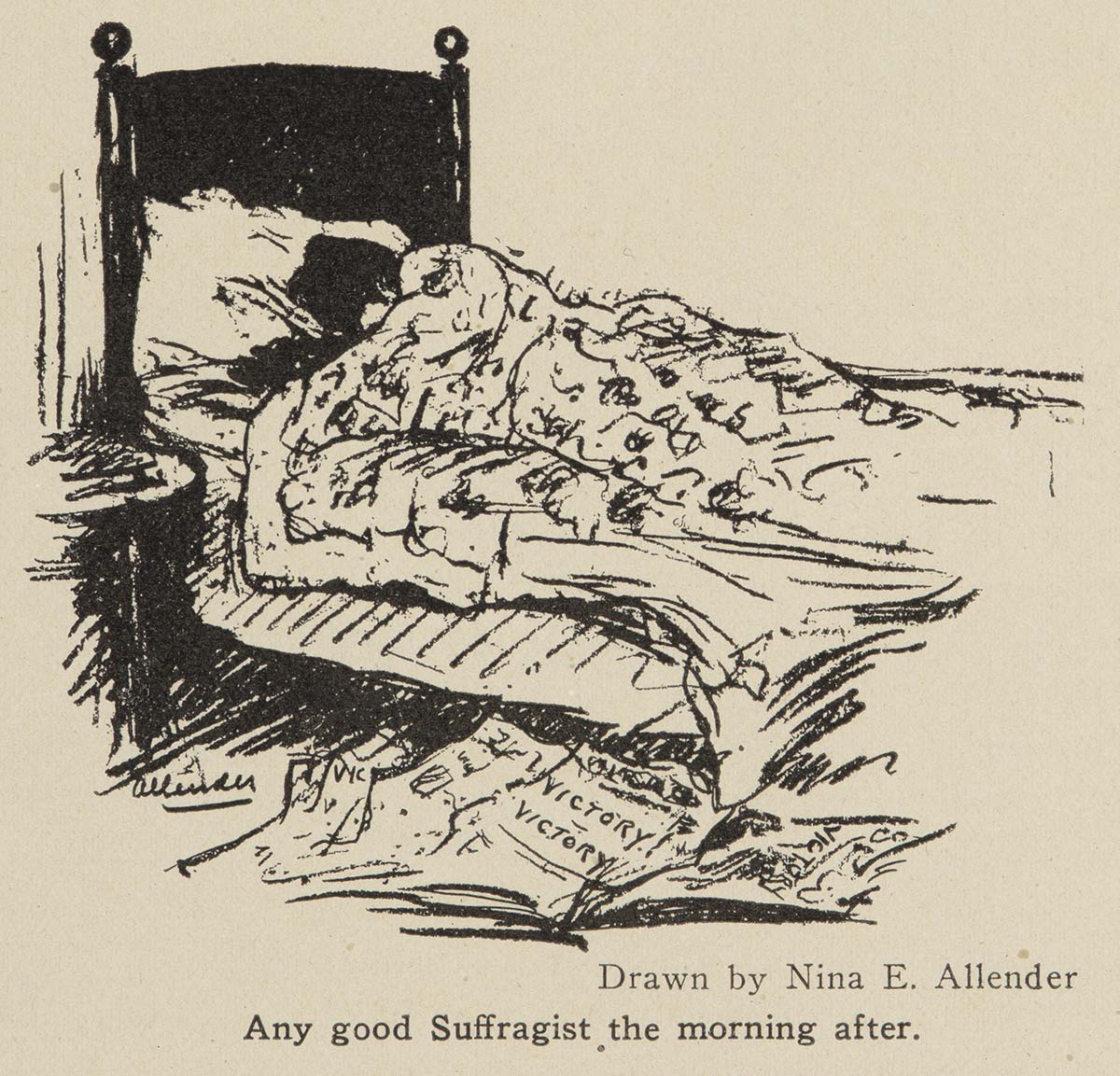“Any good Suffragist the morning after”
Even though suffrage momentum had been building throughout the 1910s, the final push to victory was a real cliffhanger. The House of Representatives passed the suffrage amendment in January 1918 but the Senate delayed taking action until June 1919. Then the amendment had to win ratification in thirty-six states, far more than the number where women were already voting. Finally on August 26, 1920, after a nail-biting roll call vote in Tennessee, the Nineteenth Amendment formally became a part of the U.S. Constitution.
Carrie Chapman Catt and Nettie Rogers Shuler provided a concise summary of the “continuous, seemingly endless, chain of activity” necessary to win the vote: “During that time they were forced to conduct fifty-six campaigns of referenda to male voters; 480 campaigns to get Legislatures to submit suffrage amendments to voters; 47 campaigns to get State constitutional conventions to write woman suffrage into State constitutions; 277 campaigns to get State party conventions to include woman suffrage planks; 30 campaigns to get presidential party conventions to adopt woman suffrage planks in party platforms, and 19 campaigns with 19 successive Congresses.” As they concluded poignantly, “Young suffragists who helped forge the last links of that chain were not born when it began. Old suffragists who forged the first links were dead when it ended.”
Nina Allender, the official cartoonist of the National Woman’s Party, provided another perspective: a suffragist sound asleep with newspapers trumpeting the victory scattered around her bed. But women suffragists didn’t stay in bed for long. As far as politics were concerned, newly enfranchised women citizens said forcefully, “We have come to stay.”
